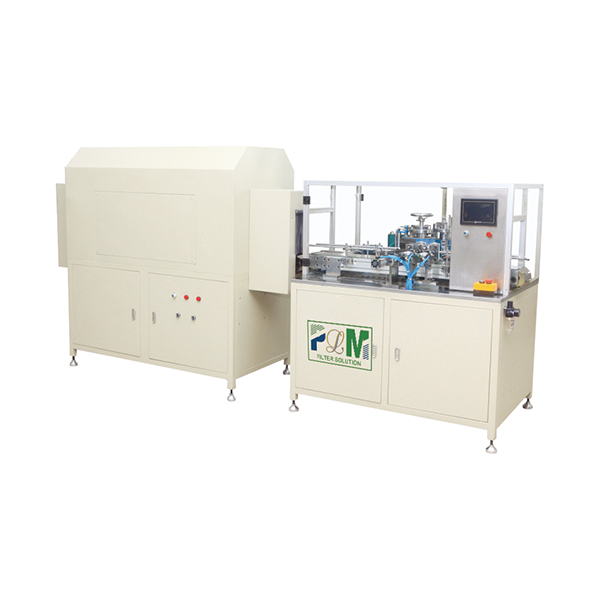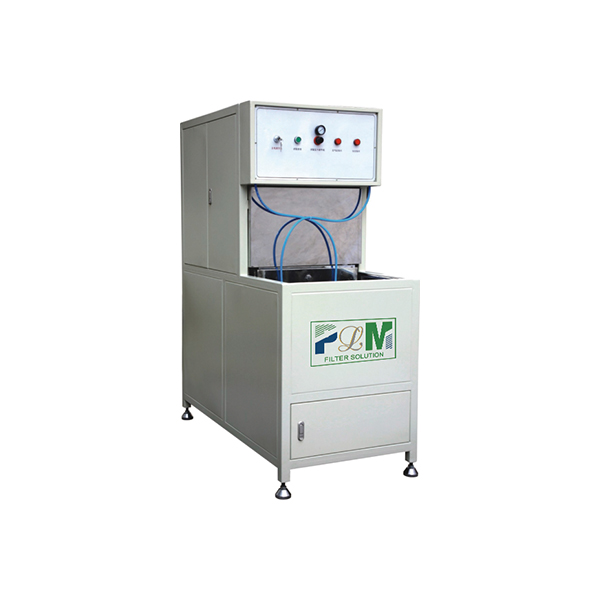Oct . 28, 2025 12:10 Back to list
Active Carbon Air Filter for Air Purifier – VOC & Odor
Active Carbon Air Filter For Air Purifier: insider notes on materials, machines, and what really matters
I’ve toured more filter plants than I can count, and the big trend is clear: VOC control is no longer “nice to have.” Wildfire seasons, new office IAQ policies, and consumer sensitivity to odors are pushing carbon adsorption to the top of spec sheets. To be honest, the tech looks simple—porous carbon, air passes through, bad smells disappear—but the real story is how the media is made, dried, and tested. That’s where reliability is born.
Quick spec snapshot (typical module)
| Media type | Coconut-shell activated carbon (pellet or granule), optional impregnated blends |
| Iodine number | ≈ 900–1100 mg/g (real-world use may vary) |
| CTC activity | ≥ 60% |
| Bed depth / loading | 10–20 mm; 200–500 g per module (depending on frame size) |
| Initial pressure drop | ≈ 45–90 Pa @ 1.5–2.5 m/s |
| Form factor | Honeycomb cassette / pleated carbon media / foam-impregnated pad |
| Service life | 6–12 months (VOC load, humidity, airflow dependent) |
Manufacturing reality: materials, methods, and drying
Good carbon starts with a tight spec—consistent pore size distribution and low ash. Many customers say coconut-shell carbon gives the best odor control per gram. After dosing media into frames or impregnating nonwovens, a stable, uniform drying process is crucial; otherwise you get inconsistent adhesion and early dust-off. That’s why production lines matter more than marketing.
On my last visit to East of Anping County, Hengshui City, Hebei Province, China 053600, a line caught my eye: the PLTK-16 Fully Automatic 16-station Air Filter Rotary Disc Drying Line. The description is a mouthful, sure, but the idea is simple—16 synchronized stations for continuous, even drying of carbon-loaded media. It reduces operator error and keeps temperature profiles tidy across batches. In fact, the zero-fuss transfer between stations is the kind of reliability integrators want.

Process flow (simplified)
-
- Media selection: coconut-shell or coal-based, optional KMnO4/acid gas impregnation
- Frame prep: ABS/PP or galvanized steel cassettes; foam gaskets
- Filling/impregnation: controlled loading to target bed depth
- Drying/cure: rotary disc line ensures uniform moisture removal and binder cure
- QC testing: pressure drop (ISO 16890 methods), gas-phase efficiency (ISO 10121-2, ASHRAE 145.2)
- Packaging and lot traceability: ISO 9001 workflows
Performance, testing, and real data
In lab runs, a typical carbon cassette showed ≥ 85% initial removal for formaldehyde at 0.5 ppm challenge, with a working capacity around 120 mg/g before breakthrough (ISO 10121-2 protocol, around 23 °C, 50% RH). Field use? Expect 20–35% boost to TVOC CADR compared with particle-only purifiers, per AHAM-style room tests—surprisingly noticeable in cooking-heavy apartments.
Where it shines
Apartments (cooking odors), offices (new furniture off-gassing), hotels, clinics, nail salons, and, yes, wildfire smoke season—when odor and VOCs are the main complaint. A Active Carbon Air Filter For Air Purifier paired with a HEPA stage is the winning combo.
Vendor comparison (indicative)
| Vendor | Lead time | Customization | Certs | Notes |
|---|---|---|---|---|
| MFilterSolution (Hebei) | ≈ 15–25 days | Media blends, cassette size, private label | ISO 9001; material RoHS/REACH | Uses PLTK-16 rotary disc drying line for uniform cure |
| OEM A (SEA) | 20–30 days | Standard sizes; limited impregnation options | ISO 9001 | Competitive on price, fewer special blends |
| OEM B (EU) | 10–20 days | Broad custom SKUs; strong documentation | ISO 9001; UL 900 frames | Premium pricing; excellent traceability |
Case notes
-
- Hotel retrofit: odor complaints down ~60% after carbon+HEPA swap; staff noticed fewer “room change” requests.
- Nail studio chain: toluene/acetate odors reduced; filters replaced every 6 months to keep capture high.
Customization tips
Ask for target VOCs (formaldehyde vs. sulfur compounds), humidity range, and airflow. Request ISO 10121-2 gas test curves, not just iodine numbers. And, however obvious, check pressure drop—quiet purifiers need low-resistance cassettes.
Standards to cite: ISO 10121-2 (gas-phase), ASHRAE 145.2, ISO 16890 (particles), AHAM AC-1 (CADR), GB/T 18801 (China air purifiers), plus material RoHS/REACH. Many buyers overlook these; the good vendors won’t.
Bottom line
Carbon filters live or die by media quality and consistent drying. If those are solid, performance follows—and users can actually smell the difference.
- ISO 10121-2:2013 — Test methods for assessing the performance of gas-phase air cleaning media and devices.
- ASHRAE Standard 145.2 — Laboratory test of gas-phase air-cleaning systems.
- ISO 16890 Series — Air filters for general ventilation.
- AHAM AC-1 — Method for measuring the performance of portable household electric room air cleaners.
- GB/T 18801 — Air Cleaner (China national standard).
- UL 900 — Standard for Air Filter Units (flammability).
- RoHS and REACH Regulations — Restriction of hazardous substances and chemical safety.
Comprehensive Guide to Filter Caps: Applications, Benefits & Future Trends
NewsNov.24,2025Filter Paper: Essential Guide for Industry and Global Applications
NewsNov.23,2025Essential Guide to Filter Materials: Types, Applications, and Future Trends
NewsNov.22,2025Efficient Long Pulse Dust Collector Pleated Filters for Superior Industrial Air Quality
NewsNov.22,2025Professional Air Filter Making Machine – Efficient Air Filtration Production Solutions
NewsNov.21,2025PLAB-6 A/B Glue System-Hebei Filter Man|Precision&Adjustable Speed
NewsNov.21,2025






